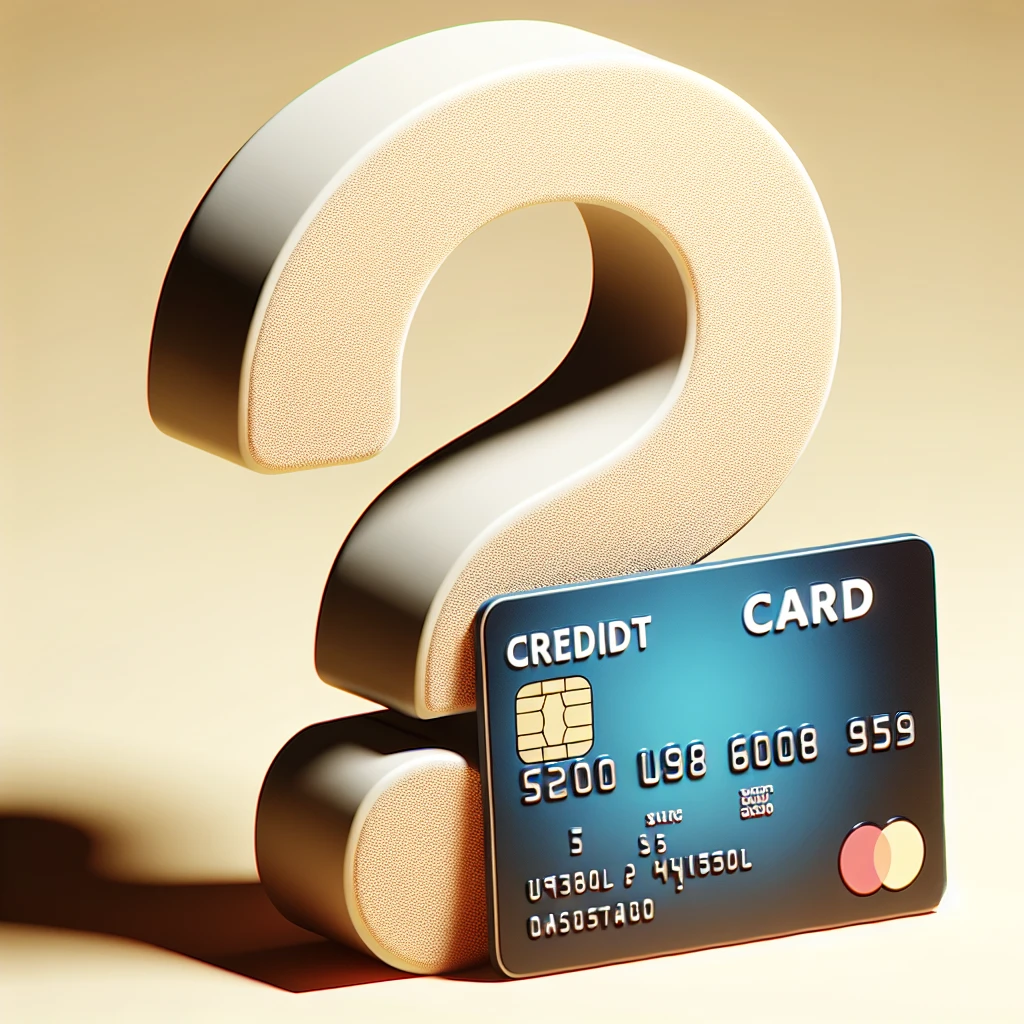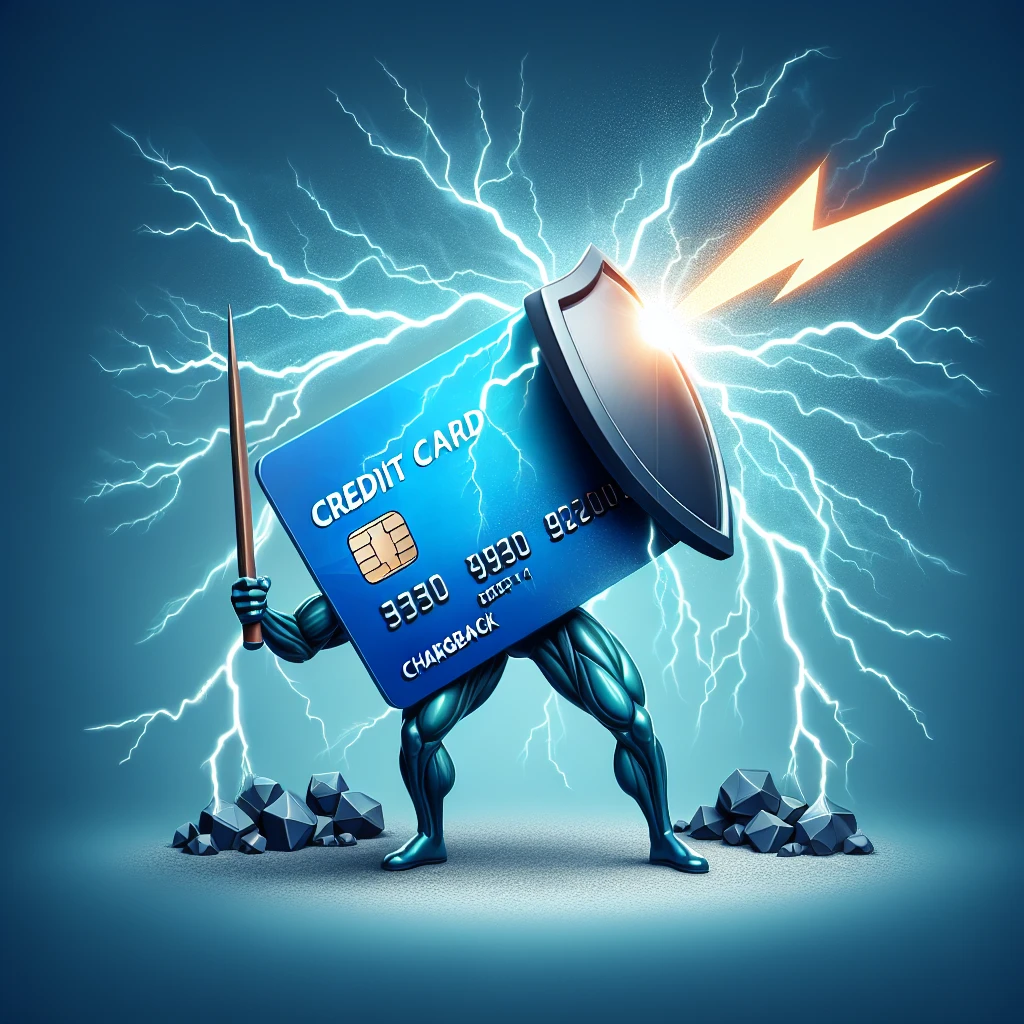What Are Chargebacks and Why Do They Occur?
Chargebacks are the bane of any online merchant's existence, often materializing as an unwelcome surprise that can disrupt cash flow and inflate operational costs. Essentially, a chargeback is a transaction reversal meant to serve as a form of consumer protection from fraudulent activity. Customers initiate chargebacks for a variety of reasons, ranging from unauthorized card usage to dissatisfaction with a product or service. However, not all chargebacks are created equal, and understanding the nuances behind payment processing can be crucial for merchants.
- Unauthorized Transactions: When a customer claims they didn't authorize a purchase, it's a clear-cut case for a chargeback.
- Quality Issues: If a product fails to meet expectations or is significantly different from its description, customers might seek a refund through a chargeback.
- Non-Delivery: Goods or services not received as promised can also trigger chargebacks.
- Billing Discrepancies: Overcharges or incorrect billing details are common grounds for disputes.
Merchants must tread carefully, as chargebacks can not only dent revenues but also damage relationships with payment processors and banks. By delving into the root causes and implementing strategic prevention measures, businesses can safeguard their interests while maintaining customer trust.

Strategies to Prevent Chargebacks
Chargebacks can be a major headache for businesses, but with the right strategies in place, you can significantly reduce the risk of these costly incidents. Here's how to fortify your defenses against chargebacks and keep your business running smoothly.
- Clear Communication: Ensure that your product descriptions are accurate and detailed. Provide clear images and set realistic expectations to prevent any misunderstandings that could lead to chargebacks.
- Transparent Policies: Display your return and refund policies prominently on your website. Make sure they are easy to understand and that customers acknowledge them during the checkout process.
- Reliable Customer Service: Offer exceptional customer service. Be responsive and available to handle any inquiries or disputes before they escalate to a chargeback.
- Secure Transactions: Implement robust security measures to protect against fraudulent activities. Use tools like AVS (Address Verification Service) and CVV (Card Verification Value) checks to verify the authenticity of transactions. For more on maximizing security, consider reading about best practices for businesses.
- Quick Fulfillment: Avoid chargebacks due to non-delivery by shipping orders promptly and providing tracking information to customers.
- Accurate Billing: Ensure that billing statements are clear and recognizable. Use a billing descriptor that customers will easily identify to avoid confusion and accidental chargebacks.
- Follow-Up Communications: Send confirmation emails after purchase and delivery. Follow up with customers to confirm satisfaction and address any potential issues proactively.
By taking these steps, you not only minimize the risk of chargebacks but also enhance the overall customer experience, which is a win-win for your business. Remember, prevention is always better than resolution when it comes to chargebacks.
Resolving Chargebacks: A Step-by-Step Guide
Despite your best efforts to prevent chargebacks, they can still occur. When they do, it's crucial to handle them effectively to protect your revenue and reputation. Here's a step-by-step guide to navigating the chargeback resolution process with insight and expertise.
- Understand the Reason: Begin by reviewing the chargeback reason code. Each code has a specific meaning, and understanding it is key to formulating your response. Whether it's due to unauthorized use or a product not received, knowing the root cause will guide your next steps.
- Gather Evidence: Compile all relevant documentation, such as purchase records, shipping confirmations, and correspondence with the customer. This evidence is vital in disputing the chargeback if you believe it to be unjustified.
- Respond Promptly: Time is of the essence. You typically have a limited window to respond to a chargeback notification. Swift action is necessary to meet deadlines and improve your chances of a favorable outcome.
- Dispute or Accept: Decide whether to accept the chargeback or fight it. If disputing, submit your evidence to the issuing bank through the proper channels. If accepting, it's still important to understand the cause to prevent future occurrences.
- Engage with the Customer: If possible, reach out to the customer to resolve the issue directly. A refund or replacement might be more cost-effective than a prolonged dispute process.
- Review Practices: Use chargebacks as learning opportunities. Analyze if and how your business practices could be adjusted to prevent similar situations in the future.
Resolving chargebacks is a meticulous process that requires attention to detail and a proactive approach. By understanding the reasons behind chargebacks and addressing them head-on, you can turn a potentially negative situation into a chance to demonstrate your commitment to customer satisfaction and service excellence.
For those looking to delve deeper into chargeback prevention strategies, consider exploring our comprehensive guide on prevention and resolution strategies, which offers valuable insights into safeguarding your business against these financial setbacks.







